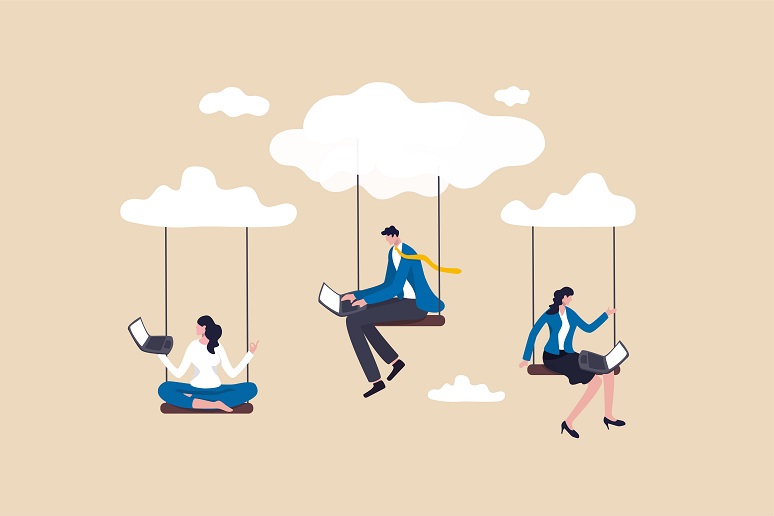Over the last year, as companies pivoted from working in open offices to working out of home offices, it became apparent quickly that the shift came with its fair share of consequence — burnout, fatigue, technology frustrations, etc. Cloud providers have since taken notice and are addressing the problem with a range of products and services. Cloud software company
Salesforce this week shared a bit more on how it’s addressing the employee experience with a suite of Work.com products.
Designed initially to help organizations return to the office, Work.com has evolved to address the employee experience more holistically. As part of this release, Salesforce revealed the general availability of three Work.com products, which are:
- Employee Workspace — A digital environment/portal where employees can access apps, resources, and information
- Employee Concierge — An AI-based help desk where employees can find answers to questions
- IT Service Center — Developed in partnership with systems management company Tanium, this tool allows IT teams to resolve problems and ensure devices are compliant.
These capabilities join the set of Work.com launch features, which included apps for contract tracing, employee wellness checks, shift scheduling, and a central dashboard for analytics, Salesforce said.
Similarly, as discussed in
this WorkSpace Connect post, Microsoft last month revealed its module-based employee engagement platform, Viva, which provides employees ways to connect, learn, and find resources while giving workplace leaders productivity and wellbeing data for analysis.
Microsoft and Salesforce aren’t the only ones playing in this space, with a host of technology companies providing cloud-based monitoring, productivity, and wellness services. The broad category includes everything from the
DeskTime app, which tracks time spent on tasks and attendance to provide insight into productivity, to employee software company
Limeade, which brings wellbeing, engagement, and inclusion services into a mobile-first app.
While these cloud services can certainly help with some of today's workplace challenges, I wonder if by focusing on them solely as the solution, we risk not addressing larger, more nuanced employee experience issues. From my perspective, technology itself was never the issue; advanced cloud services made a year of remote work possible.
However, alongside a surge of technology adoption in the last year, we saw record levels of burnout, video fatigue, digital overload, and other adverse mental health effects. So, will one more app (or many) suddenly change the tide? Theoretically, with data from Viva or Work.com, workplace leaders can get a pulse on how productive employees are — a dip in productivity can be a sign of some other workplace issue, or conversely, data on how much time is spent at a desk can show an employee is being overworked.
Workplace leaders must answer that question on their own, and they will have to work across departments to develop effective employee experience strategies. This isn’t to say that we should do away with workplace technology and go back to the days of manual punch clocks and handwritten memos. But it does mean workplaces need to be even more intentional on the services that they deploy to ensure they don’t create more headaches than solutions.






